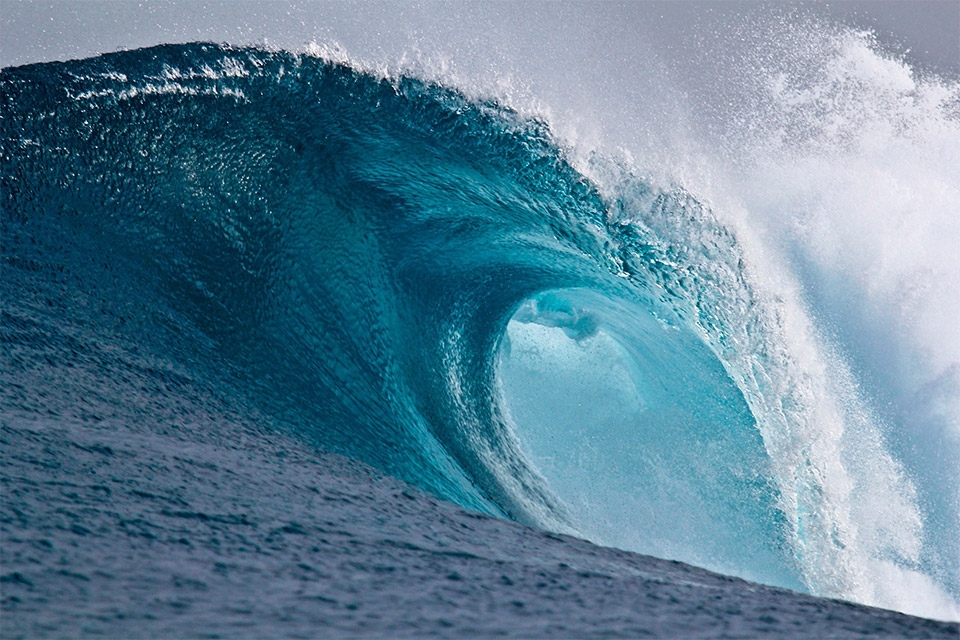A Dip Or A Crash
You never know for sure when a few days of big losses represent a mere dip (or to some, a buying opportunity) and what is the start of bigger decline. But there are at least four signs that appear when equities are approaching the abyss.
Crashes hit with the scary impact of a Category 4 hurricane, ripping apart portfolios that people depend on to fund retirements and college educations. Often, they are precursors to a recession. In 1929, the Dow Jones Industrial Average lost half its value. Amid the early-2020 pandemic, the Dow fell by more than a third. Today, with the market at a heady level, prophets of market doom are everywhere.
Here are 4 things to take note of.
High market multiples ⚠️
An overvalued market is tempting fate. The most common means of tracking stocks affordability - the price/earnings ratio, or P/E - has been at a high level for some time: for the S&P 500 lately, it's 26. That's far above the historical average of about 15. The market tends to revert to the mean. That is, after getting too lofty, it drops to a more sustainable level, a painful experience.
Since stock prices are largely a reflection of corporate earnings, the P/E measures what you are getting for your money. In the third quarter, earnings were burgeoning, and FactSet projects they'll be up 45% for all of 2021. Next year, though, prospects aren't as rosy: The research firm expects a dramatic downshift to 8.5%. And if an economic slowdown comes along, those earnings will evaporate.
Federal Reserve actions ⚠️
One classic cause of market dives, and thus recessions, is that the Fed raises interest rates too high for investors to stomach. Higher rates make borrowing less attractive and crimp corporate earnings.
Inverted yield curve ⚠️
This is where the yield, or interest rate, on a two-year Treasury is higher than that of a 10-year obligation. Of course, the 10-year normally yields much more than the two-year, because investors need to be paid higher interest for the risk of holding a longer-dated bond. But when economic storm clouds gather, investors tend to pile into the 10-year, regarding it as a better refuge. This drives up the bond's price, and thereby lowers its yield (price and yield move in opposite directions).
The yield curve has inverted before each recession in the last 50 years, and only once gave a false positive. Right now, the gap between two- and 10-year bonds has narrowed, although they still are separated by around one percentage point.
Black swans ⚠️
These are events that knock the market and the economy on their heels. Sometimes, the arrival of these creatures is unforeseeable, such as the Sept. 11, 2001, terrorist attacks, which torpedoed stocks. Other hazards are lurking in plain sight, like growing sub-prime mortgage defaults in 2007, as hedge fund savant Burry can attest. These produced the global financial crisis and the market's epic swoon starting in September 2008. (Black swans, unlike white ones, are supposedly rare.)
Determining what's a black swan isn't an exact science, certainly. A big hint is when official wisdom shrugs off an obvious and mounting mega-problem.
At the moment, the market's towering P/E and officialdom's supply-chain optimism are the lone possible signals that trouble could be brewing. Should the others slither into view, watch out.
$Tiger Brokers(TIGR)$$Luokung Technology Corp(LKCO)$$Exela Technologies, Inc.(XELA)$$Chembio Diagnostics(CEMI)$$DiDi Global Inc.(DIDI)$
免责声明:上述内容仅代表发帖人个人观点,不构成本平台的任何投资建议。
- 听说123·2021-12-29到底发生了什么2举报
- eeez·2021-12-12Great ariticle, would you like to share it?8举报
- sunny star·2021-12-11this mean market going to crash?2举报


